Created to meet the ever-growing needs of data centers and enterprise networking, OSFP (Octal Small Form-Factor Pluggable) is a breakthrough in high-speed connectivity solutions. This manual will provide detailed information about TE Connectivity’s OSFP series, its technical characteristics, and applications, among other things. This article offers important information on optical connectivity, which readers can use when making purchases or improving implementation plans by discussing the capabilities and benefits of OSFP connectors with tips from reputable manufacturers like TE Connectivity. For those involved in optical connectivity, such as network engineers, data center managers, or enthusiasts who wish to broaden their knowledge base, this document is an invaluable resource since it helps them understand these systems better as they become more complicated over time.
What is an OSFP Connector and How Does it Work?
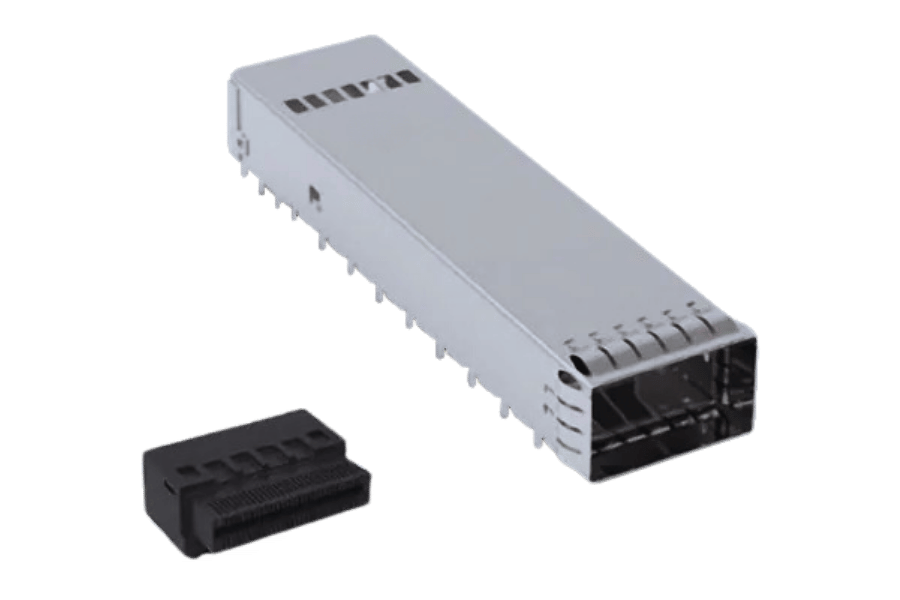
Understanding the Basics of OSFP Connectors
The multi-fiber optic transceiver, called the OSFP connector, was made for data-heavy areas with high bandwidth requirements. It usually has eight lanes, each of which can handle 25 Gbps, enabling a total transfer rate of 200 Gbps. Known for its small size, durability, and compatibility with different types of optical modules, this is how you can describe an OSFP connector in brief. To ensure that it works well when there is a lot happening around it, the design of this device includes some unique features, one such feature being good heat dissipation capability, which helps maintain efficiency under heavy workloads. This is a must-have component for 400G Ethernet systems and has started finding use across various contemporary network designs aimed at enhancing efficient data delivery.
Key Features of OSFP Connector Series
The OSFP (Octal Small Form-factor Pluggable) connection series has a number of features that make it more useful in high-performance networking environments:
- High bandwidth capability: These connectors are built to support speeds of up to 400 Gbps, which is the need of modern data centers and enterprise networks.
- Compact Design: By being small, these connectors can be used in crowded places without taking much space hence allowing for higher port densities without compromising on performance.
- Dissipation Of Heat: OSFPs have a unique design with integrated innovations for managing heat. This ensures effective ventilation during prolonged use thus increasing reliability.
- Versatile Compatibility: They can work well with many different types of optical modules therefore making them applicable in various networking systems and applications.
- Easy Installation And Maintenance: The ability to replace or upgrade modules with little or no downtime needed, together with their pluggability, makes installation simple.
Together, these qualities establish the OSFP connection series as one among other important parts in the world of optical connectivity paving way for efficiency and trustworthiness when dealing with network requirements.
Differences Between OSFP and Other Connectors
The OSFP connector series differentiates itself from other connector types, such as CFP8 and QSFP28, by various technical features and functions. These include:
- Support for Data Rates: OSFP can support data rates of up to 400 Gbps while QSFP28 can only accommodate 100 Gbps, and CFP8 supports up to 400 Gbps. This makes OSFP ideal for next-generation networks that require higher speeds.
- Form Factor and Size: OSFP connectors have slightly larger footprints than QSFP28 connectors, which means they can have more advanced features such as improved thermal management. This difference in sizes also results into better ventilation or cooling necessary for high-capacity systems where heat dissipation is an issue.
- Backward Compatibility: When it comes to interfacing with older technologies, breakout cables allow seamless integration into current systems by making OSFP connectors compatible with existing 100GbE solutions whereas this versatility is not offered by QSFP28.
- Module Flexibility: The design of the OSF allows for modules that are active or passive; hence it provides a greater choice when designing networks unlike other designs which may limit the type or number of supported modules.
- Ease of Maintenance: Maintenance can be done quickly without causing much disruption because upgrades are made through plugging in the optical transceiver module unlike traditional connectors that require more installation steps during repairs.
In summary, these features make the OSF series an excellent option for modern data centers that need faster speeds, efficient cooling methods and wider compatibility with other devices leading to better performance and reliability across all network components.
What Are the Key Components of an OSFP Module?
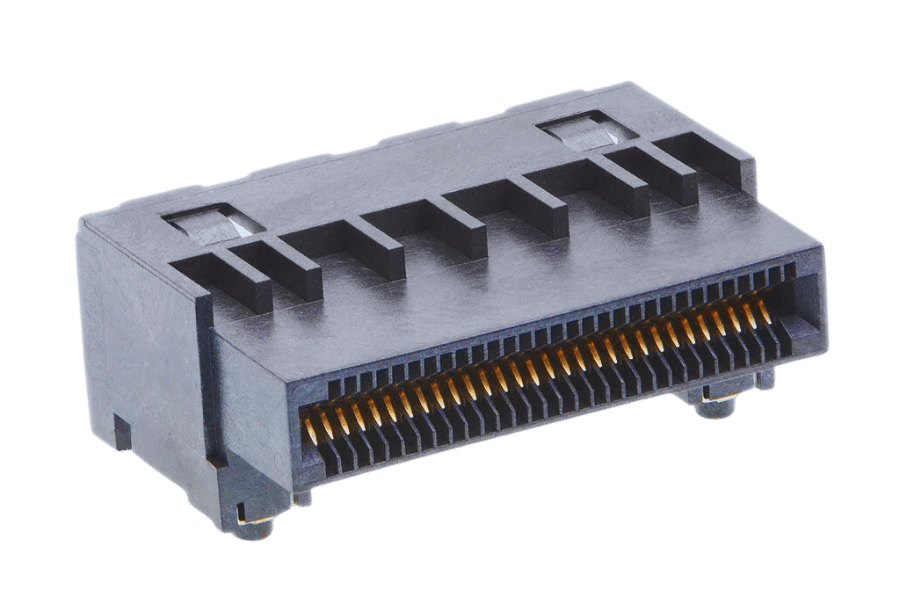
The Role of OSFP Cages in Modules
OSFP cages are important items used in a network system to hold OSFP modules and keep them properly aligned. They allow for the exact positioning of the modules, thus ensuring accurate electrical and optical connections. Again, these structures have been made in such a way that they can dissipate heat, which greatly helps with general cooling in places where devices are densely packed together. If connectors are secured well while allowing sufficient air circulation around them, performance as well as durability since their lifespan will be increased significantly through this method, also known as OSFP cage design principles.
Importance of Signal Integrity in OSFP Modules
In high-speed networks, signal integrity is a very important part of OSFP modules (Octal Small Form-factor Pluggable) because it directly affects the performance and dependability of data transmission. The quality of data signals can be deteriorated by signal loss, crosstalk, and electromagnetic interference, among other challenges, which are the enemies of maintaining this integrity. To keep these high-frequency signals, the OSFP module uses advanced design such as optimized trace routing and impedance control. Moreover, thermal management that is effective through cages in OSFP also helps to deal with temperature swings, which might negatively impact signal quality. Robustness in ensuring signal integrity must be achieved if we are to meet expectations for modern-day operational efficiency levels within data centers where higher rates of information flow are expected.
Understanding TE Connectivity’s OSFP Products
To cater to the ever-changing needs of high-speed networking, TE Connectivity presents an all-inclusive line of OSFP products. These connectors are designed to support data rates up to 400 Gbps, which is suitable for today’s data-intensive applications. Among the key attributes are ruggedized construction for mechanical reliability and environmental durability, improved shielding against signal interference and cross-talk reduction, as well as thermal management, where innovative design features by TE are used to enhance heat dissipation efficiencies. As such, it can be said that with their commitment towards excellence in terms of quality assurance and performance levels, this company’s OSFPs will be able to meet any challenge posed by current or future network infrastructure requirements according to TE connectivity itself.
How to Choose the Right OSFP Cable Assemblies?
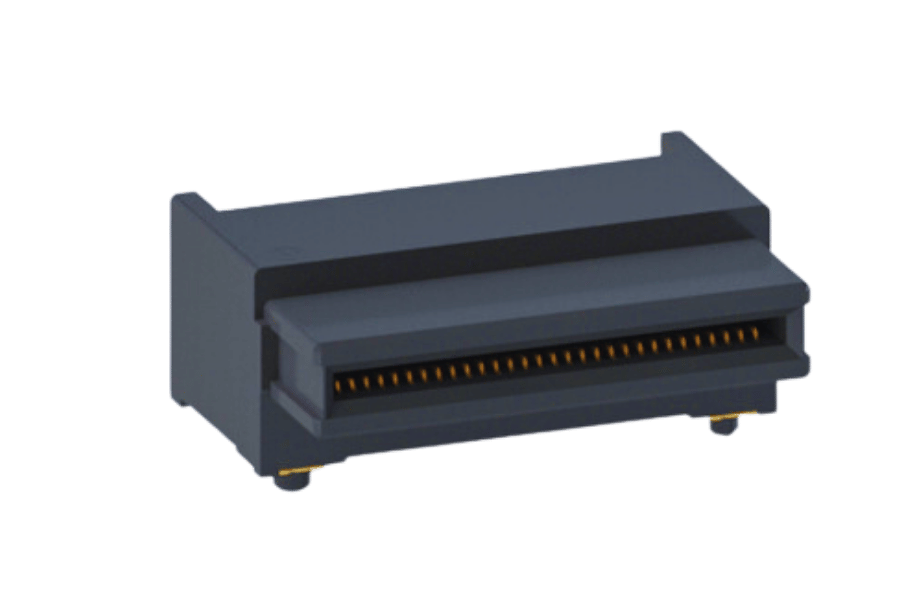
Factors to Consider When Selecting OSFP Cable Assemblies
- Data rate requirement: Make sure that the rates required can be supported even by 400 Gbps if possible.
- Cable length: Check and see how long the cable will run as this could cause signal degradation over longer distances.
- Environment: Take into account where it will be installed – things like temperature, moisture levels, or even exposure to contaminants should all be considered during this step.
- Connector type: The design of specific OSFP connectors needs to be verified because some may not align with hardware compatibility standards while others may lack certain features necessary for assembly purposes.
- Performance specifications: Look at insertion loss levels; return losses; crosstalk performance which affects signal integrity among other things so as to achieve optimal results.
- Compliance standards: Ensure they comply with industry regulations such as IEEE or RoHS which are meant for reliability and quality assurance.
The Impact of Cable Assemblies on System Performance
The overall performance and reliability of network systems can be determined by cable assemblies. If the assembly is of high quality, then the rate at which data is transmitted and its safety will not be compromised because it ensures minimum signal loss as well as crosstalk. Performance measurements such as insertion loss or return loss may also improve due to the materials used and design techniques chosen, such as optimized shielding or correct connector alignment. Furthermore, adherence to industry norms guarantees that these components will work well even under different conditions, thereby adding to general network infrastructure robustness through the longevity aspect. In order to keep pace with growing data transfer requirements nowadays, one must invest in good cable assemblies.
TE Connectivity’s Options for High-Speed Cable Assemblies
To cater to diverse data transfer needs across different applications, TE Connectivity offers a wide selection of high-speed cable assemblies. Their range of products consists of custom and standard-made cables that are designed with specific performance indicators in mind for use in data centers, and telecommunications, among other areas where fast networks are required. It is worth noting that among the features that make these offerings from TE Connectivity stand out are robust shielding against interference, compatibility at higher frequencies, and modularity to enhance flexibility as well as scalability within network infrastructure design. Moreover, this company follows strict regulatory requirements, thus making sure all its assemblies work reliably under various operational conditions. Bringing onboard investments in such kind solutions may greatly strengthen system resilience alongside cutting-edge connectivity applications integrity towards information systems security posture.
Why is Signal Integrity Important in OSFP Connectors?
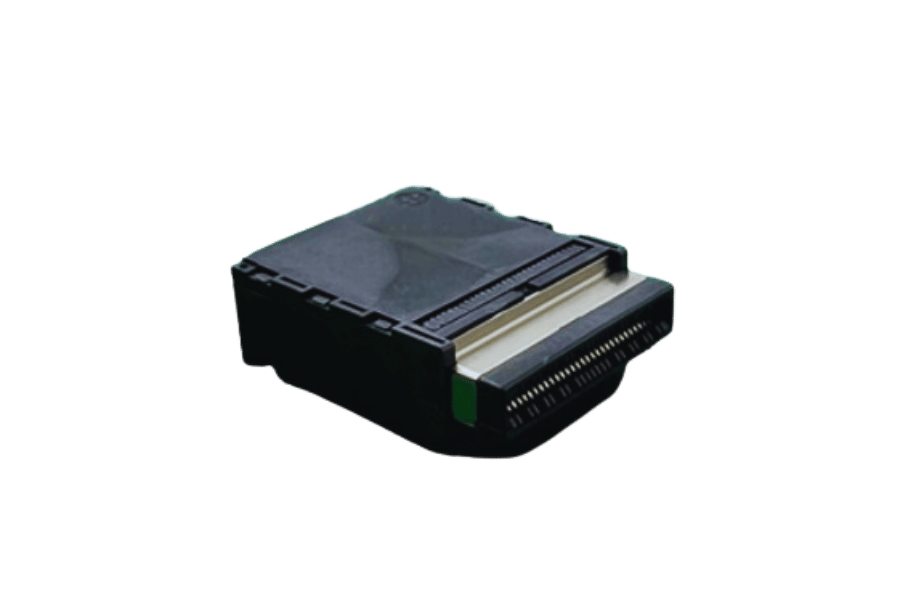
Challenges in Maintaining Signal Integrity
Keeping signal consistency in OSFP connectors can be difficult because there are several problems that need to be dealt with, including crosstalk, attenuation, and impedance mismatch. Crosstalk happens when electromagnetic interferences occur between nearby signals thereby leading to poor performance. Attenuation refers to a loss of signal strength as it passes through the wire which means materials and designs must be chosen wisely to minimize this. Reflections caused by an impedance mismatch further deteriorate the quality of signals. In addition to all these issues with connections between devices themselves, environmental conditions such as temperature changes can also affect material properties and connection reliability; therefore, rigorous tests should be carried out during the design and implementation stages while following industry standards for OSFP connectors.
OSFP Connector Design for Optimal Signal Integrity
The OSFP connector design is very important in achieving the best signal integrity and employing advanced engineering practices to solve crosstalk, attenuation, and impedance mismatch issues, among others. In particular, it is believed that there should be differential signaling, which involves sending several signals differentiated by phase. Apart from making the signal stronger against noise, this method also enables maximum data throughput and transmission efficiency.
In addition to the aforementioned aspects of shielding against external electromagnetic interferences like metallic enclosures or ferrite beads; robustness must also extend towards protection of data integrity through shielding means. According to TE Connectivity’s data effective shielding can reduce crosstalks by up to 30% thus greatly improving performance in areas with high density.
Furthermore, reflection prevention plus seamless signal propagation can only be achieved if maintained at 26 Ohms controlled impedance besides having contacts with precise geometries that are engineered for precision. When tested against standard designs, these connectors always recorded better results where insertion losses did not exceed 1 dB over one meter distance at any temperature or operational condition variation for which measurements were taken; such performances were attributed to them being made according to this standard alone, among others. These design techniques all together make targeted OSFP Connectors deliver both reliable connectivity under demanding applications while guaranteeing superior signal quality throughout.
Enhancing Data Transfer with High-Speed OSFP Modules
Modern data networks depend on High-Speed OSFP (Octal Small Form-factor Pluggable) modules because they greatly increase the speed at which information is transmitted within systems. These are 400G Ethernet compatible and can achieve multiple lines of data transfer at once to expand bandwidth and reduce latency. For this reason, OSFP modules have an improved capability of dissipating heat so that they can still work when under heavy loads.
Moreover, these integrated signal conditioning technologies have been further developed with error correction methods to ensure that data remains intact over longer distances where it might degrade otherwise. One way leading producers are working towards better designs involves making connectors stronger and more reliable, thus allowing them to adapt easily across different network types even without manual configurations being made. The demand for faster speeds in transferring files will only keep growing as time passes by; therefore, while keeping up with such strict rules, this should not affect performance levels in any given center but rather enhance them, hence making scalable solutions necessary for all organizations dealing with big amounts of data.
What Are the Thermal Considerations for OSFP Cages?
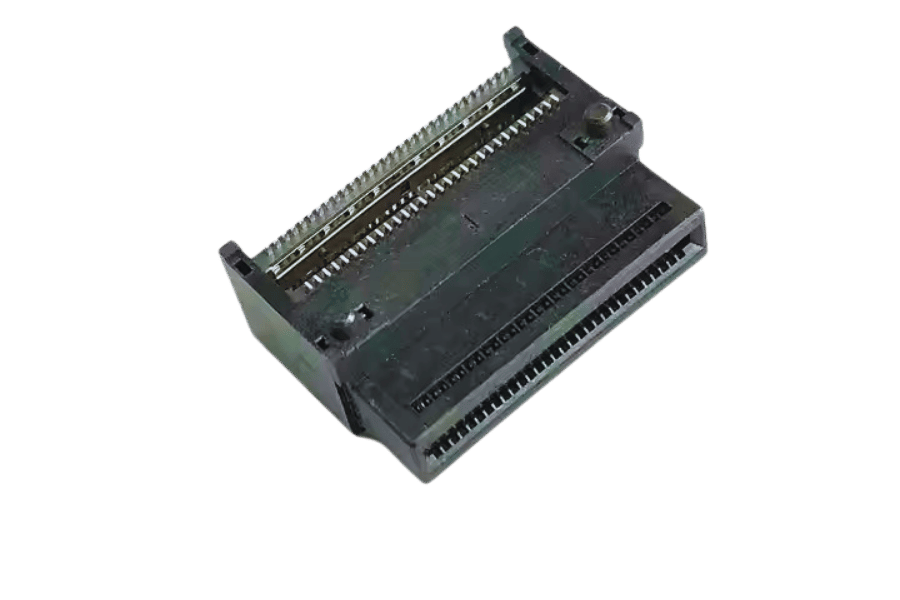
Thermal Management in OSFP Connectors
To keep speedy modules working well for a long time, it is important to be careful about how hot OSFP connectors get. What this means is that efficient dissipation of heat occurs when materials with high thermal conductivity are used alongside creative design elements like built-in heat sinks and airflow optimization. If we didn’t watch their temperatures, they could start overheating, which might cause them to slow down, hence affecting signal quality or transfer speed. Another thing that needs to be done in terms of thermal management for OSFP connectors includes putting them at the right points within network racks as well as ensuring there’s enough ventilation around each one – this way, they’ll work better while still being reliable even under heavy data loads.
Integrated Heat Sinks and Airflow Solutions
OSFP connectors’ thermal performance management can be achieved through integrated heat sinks and effective airflow solutions. Heat sink inclusion directly into connector design by manufacturers helps to increase the space for heat dissipation so as to reduce the chances of overheating. Moreover, good airflow control, which may involve positioning fans strategically or installing vents within data center enclosures, enables cold air to move toward areas with a high concentration of OSFP modules. This is where these two things work together; they should always be considered jointly because one cannot do without another – designing a system with such features will ensure that temperatures are always kept within prescribed limits, thereby safeguarding signal integrity and prolonging the life span of connectivity solutions.
Ensuring Reliable Thermal Performance
In high-density applications, it is very important to ensure that OSFP connectors have reliable thermal performance so they can work optimally. Many reputable industry sources say that you should frequently assess the heat and follow what the manufacturer recommends for setting up the system. The use of high-performance thermal interface materials (TIMs) among parts also helps increase efficiency in transferring heat. In this case, one may also install temperature monitoring systems, which will give immediate feedback and, hence, quick reactions to any abnormality in temperature. Additionally, redundancy should be built into the design of such systems where there is more than one cooling source; this not only improves on managing heat but guarantees continuous operation, thus protecting data integrity and extending OSFP connectivity solutions’ life span as well.
Reference Sources
Frequently Asked Questions (FAQs)
Q: What is an OSFP connector?
A: OSFP (Octal Small Form Factor Pluggable) connector is a high-density, high-speed interconnect solution that is aimed at data center and high-speed networking applications. It supports speeds of up to 400g and can be used with various optical/electronic pluggable modules.
Q: What brands offer OSFP connectors?
A: Some enterprises that manufacture OSFP connectors are TE Connectivity, Amphenol, Mouser which provide different OSFP models variants designed specifically for data centers and high speed networks.
Q: How does the OSFP footprint optimize signal integrity?
A: The shape of the layout has been optimized for 100 Gbps signaling while supporting high-speed channels. This has been achieved through better printed circuit board designs, reduced levels of crosstalk and enhanced electromagnetic interference (EMI) characteristics.
Q: How many contacts does an OSFP connector have per port?
A: An OSFP interconnect system consists of sixty contacts per port ensuring reliable signal integrity as well as fast data transfer rates.
Q: What are some typical applications of OSFP connectors?
A: They are also used in data centres particularly for 400G application. They work well in serial applications and also where there is a need to establish high speed optical interconnections.
Q: Can DAC cables be used with OSFP connectors?
A: Of course, OSFP connectors can be utilized to facilitate support of different types of interconnections such as from optical modules to copper cables in accordance with the needs of the application.
Q: What is in TE Connectivity OSFP connectors for us?
A: TE Connectivity’s OSFP connectors have been equipped with high port density and a remarkable level of performance. The design of TE’s OSFP products targets data centers and networking equipment that must be fast enough for 400Gbps and beyond.
Q: How many ports can fit in a 1RU switch form factor using OSFP connectors?
A: These attachments can hold up to 36 ports on one side, making them an excellent choice for applications where high-density space is at a premium.
Q: What is the difference between NRZ and PAM-4 signaling in OSFP connectors?
A: In NRZ (non-return-to-zero) technology, there are two possible levels they use to encode bits, which means that it supports speeds up to 112 Gb/s per lane. While PAM-4 (pulse-amplitude modulation four-level) exploits four possible signal levels hence, it doubles the speed by transmitting two bits per symbol, supporting speeds up to 224Gb/s each lane.
Q: Are there datasheets available for OSFP connectors?
A. There are manufacturers who provide detailed datasheets containing specifications regarding these devices such as Amphenol or TE Connectivity, so you may find all necessary information about their performance characteristics here.
Related Products:
-
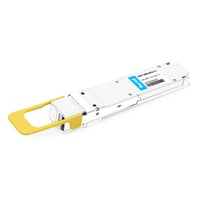 OSFP-400G-DR4-FLT 400G OSFP DR4 Flat Top PAM4 1310nm MTP/MPO-12 500m SMF FEC Optical Transceiver Module
$800.00
OSFP-400G-DR4-FLT 400G OSFP DR4 Flat Top PAM4 1310nm MTP/MPO-12 500m SMF FEC Optical Transceiver Module
$800.00
-
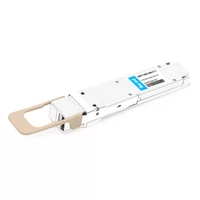 OSFP-400G-SR4-FLT 400G OSFP SR4 Flat Top PAM4 850nm 30m on OM3/50m on OM4 MTP/MPO-12 Multimode FEC Optical Transceiver Module
$650.00
OSFP-400G-SR4-FLT 400G OSFP SR4 Flat Top PAM4 850nm 30m on OM3/50m on OM4 MTP/MPO-12 Multimode FEC Optical Transceiver Module
$650.00
-
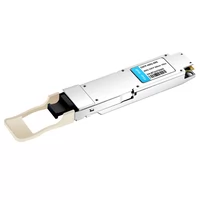 OSFP-400G-SR8 400G SR8 OSFP PAM4 850nm MTP/MPO-16 100m OM3 MMF FEC Optical Transceiver Module
$480.00
OSFP-400G-SR8 400G SR8 OSFP PAM4 850nm MTP/MPO-16 100m OM3 MMF FEC Optical Transceiver Module
$480.00
-
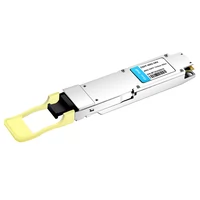 OSFP-400G-DR4 400G OSFP DR4 PAM4 1310nm MTP/MPO-12 500m SMF FEC Optical Transceiver Module
$900.00
OSFP-400G-DR4 400G OSFP DR4 PAM4 1310nm MTP/MPO-12 500m SMF FEC Optical Transceiver Module
$900.00
-
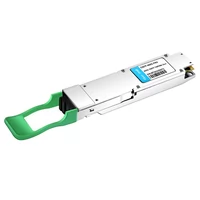 OSFP-400G-FR4 400G FR4 OSFP PAM4 CWDM4 2km LC SMF FEC Optical Transceiver Module
$900.00
OSFP-400G-FR4 400G FR4 OSFP PAM4 CWDM4 2km LC SMF FEC Optical Transceiver Module
$900.00
-
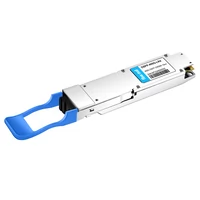 OSFP-400G-LR4 400G LR4 OSFP PAM4 CWDM4 LC 10km SMF Optical Transceiver Module
$1199.00
OSFP-400G-LR4 400G LR4 OSFP PAM4 CWDM4 LC 10km SMF Optical Transceiver Module
$1199.00
-
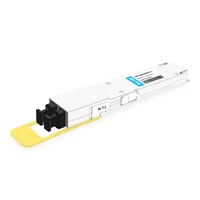 OSFP-800G-DR8D-FLT 800G-DR8 OSFP Flat Top PAM4 1310nm 500m DOM Dual MTP/MPO-12 SMF Optical Transceiver Module
$1200.00
OSFP-800G-DR8D-FLT 800G-DR8 OSFP Flat Top PAM4 1310nm 500m DOM Dual MTP/MPO-12 SMF Optical Transceiver Module
$1200.00
-
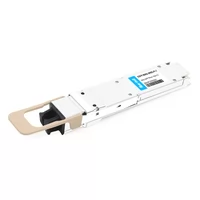 OSFP-800G-SR8D-FLT OSFP 8x100G SR8 Flat Top PAM4 850nm 100m DOM Dual MPO-12 MMF Optical Transceiver Module
$850.00
OSFP-800G-SR8D-FLT OSFP 8x100G SR8 Flat Top PAM4 850nm 100m DOM Dual MPO-12 MMF Optical Transceiver Module
$850.00
-
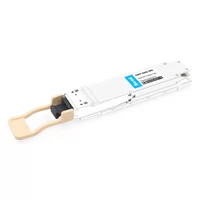 OSFP-800G-SR8 OSFP 8x100G SR8 PAM4 850nm MTP/MPO-16 100m OM4 MMF FEC Optical Transceiver Module
$750.00
OSFP-800G-SR8 OSFP 8x100G SR8 PAM4 850nm MTP/MPO-16 100m OM4 MMF FEC Optical Transceiver Module
$750.00
-
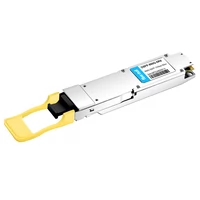 OSFP-800G-DR8 OSFP 8x100G DR PAM4 1310nm MPO-16 500m SMF DDM Optical Transceiver Module
$1100.00
OSFP-800G-DR8 OSFP 8x100G DR PAM4 1310nm MPO-16 500m SMF DDM Optical Transceiver Module
$1100.00
-
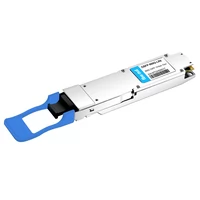 OSFP-800G-LR8 OSFP 8x100G LR PAM4 1310nm MPO-16 10km SMF Optical Transceiver Module
$2200.00
OSFP-800G-LR8 OSFP 8x100G LR PAM4 1310nm MPO-16 10km SMF Optical Transceiver Module
$2200.00
-
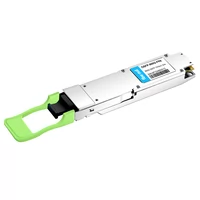 OSFP-800G-FR8 OSFP 8x100G FR PAM4 1310nm MPO-16 2km SMF Optical Transceiver Module
$1300.00
OSFP-800G-FR8 OSFP 8x100G FR PAM4 1310nm MPO-16 2km SMF Optical Transceiver Module
$1300.00
